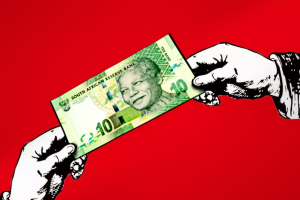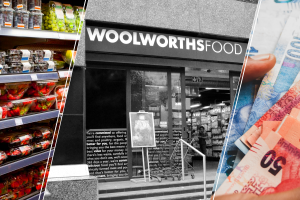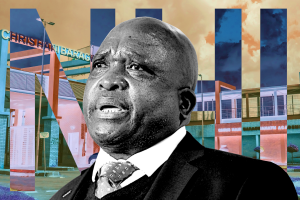Worrying trend for South Africa’s motor industry

The Naamsa New Vehicle Sales stats for September 2023 show a year-on-year decline of 4.1% – representing a cumulative decline of 13% since July – due to fluctuations in the exchange rate, rising fuel prices, and increased energy costs.
For the period under review, aggregate domestic new vehicle sales in September 2023, at 46,021 units, reflected a decline of 1,963 units from the 47,984 vehicles sold in September 2022.
Notably, passenger cars continued to lose market share as September sales in the segment were down 8.4% to 29,669 units.
“The fact that there are now two consecutive months of strain, September seemingly bigger than August, provides some measure of concern for new vehicle sales,” said Lebo Gaoaketse, Head of Marketing and Communication at WesBank.
He added that this is a sign that several economic pressures, such as fuel prices, inflation, restricted income growth, and the energy crisis, have caught up with consumer and business confidence, pressuring sentiment to make new vehicle purchase decisions.
Overall, domestic vehicle sales shrunk 7.8% quarter-on-quarter (q/q) in Q3, a sharply negative signal for overall growth in consumption of durable goods, said Absa.
Meanwhile, export vehicle sales also weakened in September, dropping 20.2% month-on-month after a cumulative 44.4% rise in the first two months of Q3. On a year-on-year basis, export vehicle sales were still down 12.6% in September. Despite ending Q3 on a weaker footing, export vehicle sales expanded 11.7% q/q over the period.

The total reported industry sales of 46,021 vehicles comprising dealer sales, rental industry sales, and sales to government and industry corporate fleets.
The breakdown of these four segments is as follows:
- Dealers represented 80.7% of sales, with an estimated 37,149 units sold.
- The rental industry represented 13.6% of sales.
- Government sales represented 2.8% of sales.
- Industry corporate fleets represented 2.9% of sales.
Market forecast
Although the South African Reserve Bank (SARB) maintained the repurchase rate at 8.25% in September
2023, the automotive industry continues to grapple with concerns over consumer affordability, noted Naamsa.
The most recent SARB report indicates a 0.3% contraction in household consumption expenditure, with household debt surpassing household disposable income by 62.5% in the second quarter of 2023.
Additionally, the industry faces potential upward pressures stemming from an elevated inflation outlook, fluctuations in the exchange rate, rising fuel prices, and increased energy costs.
Naamsa again reaffirmed that various external business factors, including the higher fuel prices, ongoing challenges in transport logistics, Eskom’s incapacity to meet the industry’s energy demands, the volatility in commodity prices, and the intricate external environment, have exerted significant pressure on the automotive industry’s key performance indicators.
On the positive side, In September 2023, StatsSA reported that the manufacturing and finance industries were the core drivers of GDP growth in the second quarter of 2023, recorded at 0.6%.
Naamsa added that motor vehicles, parts and accessories, and other transport equipment grew by 9.5%, contributing 1.0% to the GDP.
“This unequivocally demonstrates that, despite the less favourable economic prospects, the outlook for the South African vehicle market in 2023 remains distinctly optimistic,” noted Naamsa.
Read: The cars you can afford with your salary in South Africa right now


















